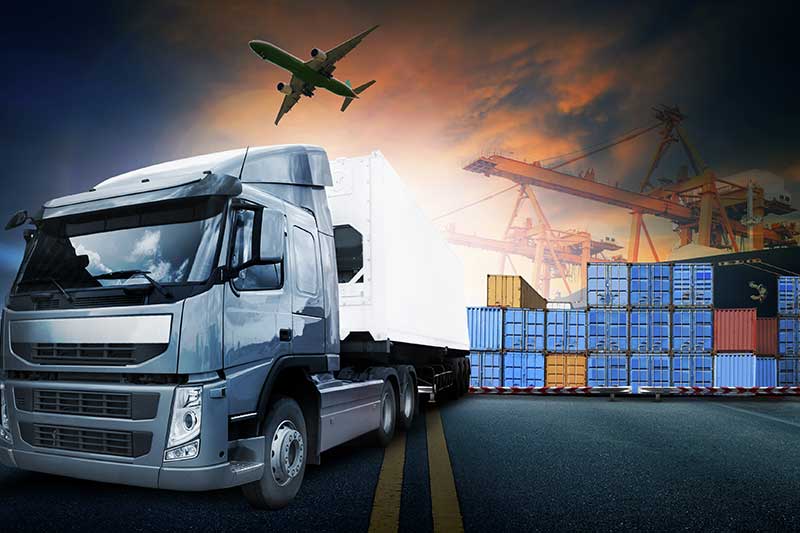Understanding The Differences Between Local And International Freight Forwarding

Freight forwarding, otherwise known as logistics, is the implementation of actions that enable smooth distribution of goods from one place to another. The complex operation is consists of incorporating management and organization of the steps that must be followed in transferring the goods from the point of origin and its consumption as they reach the customers. Almost all kinds of industries that involve physical products are relying on logistics not only for material handling. The logistics company may also take care of the packing, inventory, warehousing, and transporting of the products.
Domestic and International Freight Forwarding
Domestic freight forwarding is simply the distribution of products within a country. Both shipper and receiver (and the goods) are within the country boundaries. As for international freight forwarding, the products reach far and wide, beyond the boundaries of the country of origin. Local and international freight forwarding are different mainly because of the geographic scope of operation. Here is a comparison of the different aspects that concern both domestic and international logistics.
Management
Most domestic freight forwarding services require only one manager to oversee the operations. The scope of action or flow of goods are planned and executed in a very basic manner. The movement of products is easily tracked since there are only two points of operations: the shipper and the recipient.
With international freight forwarding, more people and teams are involved in the operations. The corporate logistics manager has several counterparts on all countries where the company operates. It is required to have a detailed plan on the execution of actions since there are a lot of steps involved in the distribution processes.
Transportation
For domestic freight forwarding, a variety of transportation options may be used to move the goods and road transport is usually the most preferred option. In international freight forwarding, there are limitations on the mode of transportation, depending on the point of destination. Freight forwarding companies offer a range of multi-modal global cargo transport solutions. Some may be transported by rail only, by flight, by sea, or a combination of these for a single transaction. Some drawbacks, such as air transport being expensive and sea freight being the cheapest but also the most challenging option, must also be considered.
Costs
Both domestic and international freight forwarding has to consider the costs involved for transportation, manpower, technology, and storage facilities. International freight forwarding has some additional costs to take note since there is a need to pay for tariffs, taxes, currency exchange and fees fluctuations.
Supply Chain Associations
Building trustworthy business relationships is the cornerstone of freight forwarding. It is easier to gain the trust of domestic partners compared to international partners. Different country regulations, economic roadblocks, and geographic locations are the different challenges that must be overcome to succeed in this type of industry.
Freight forwarding is a growing industry. If you are going to include logistics to your business, It is essential that you understand the factors that make up the chain of command for both domestic and international freight forwarding.










